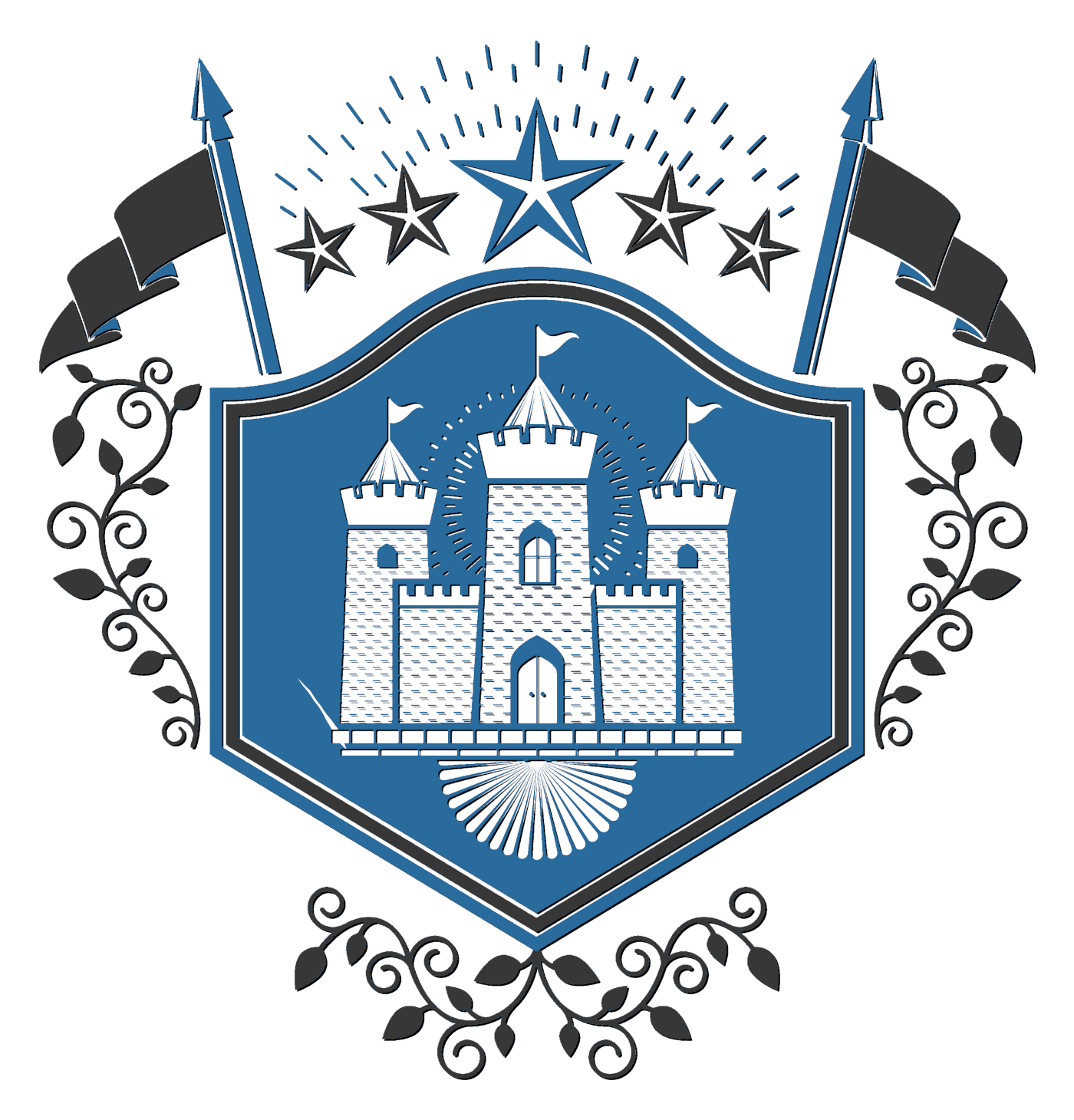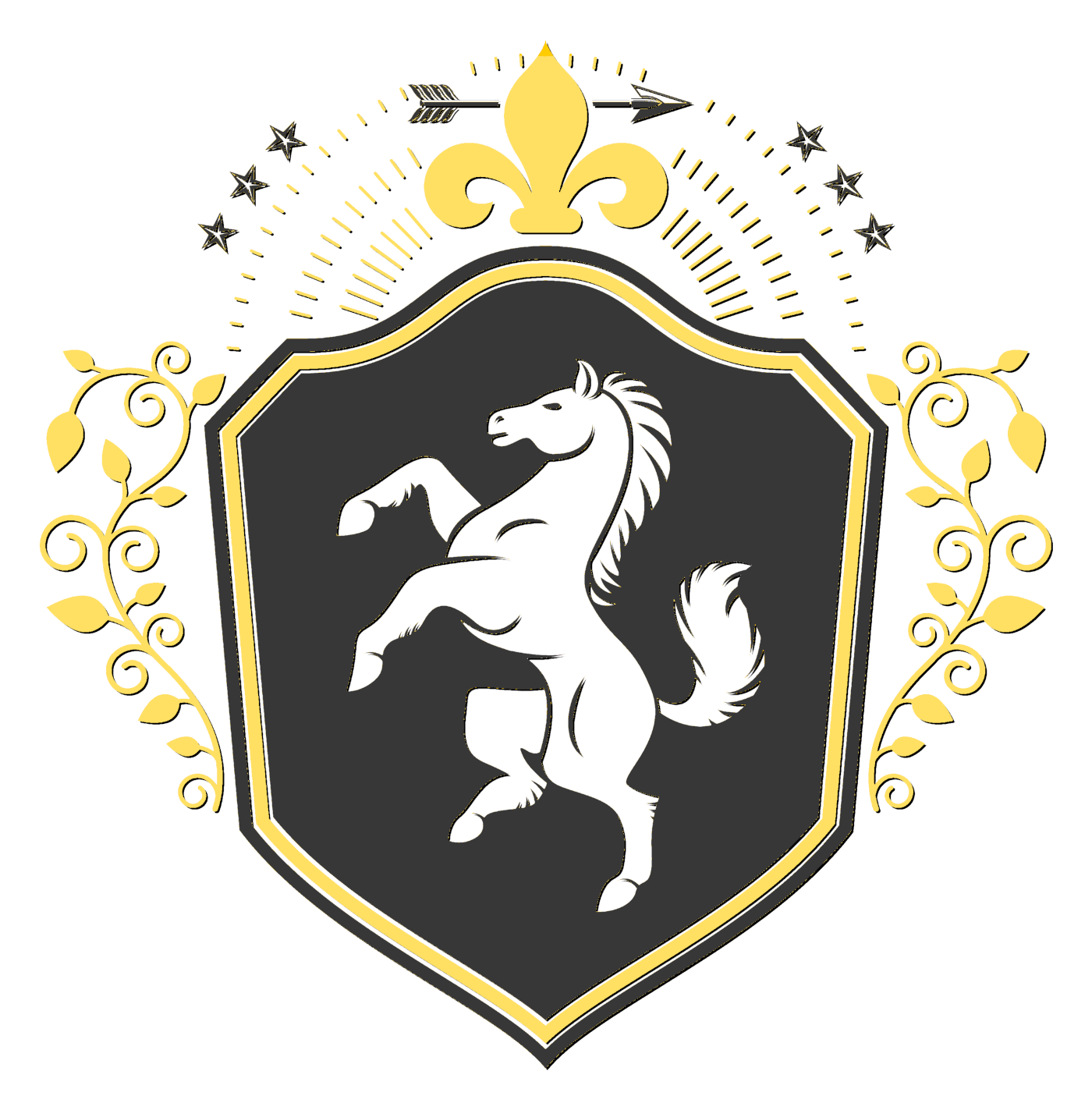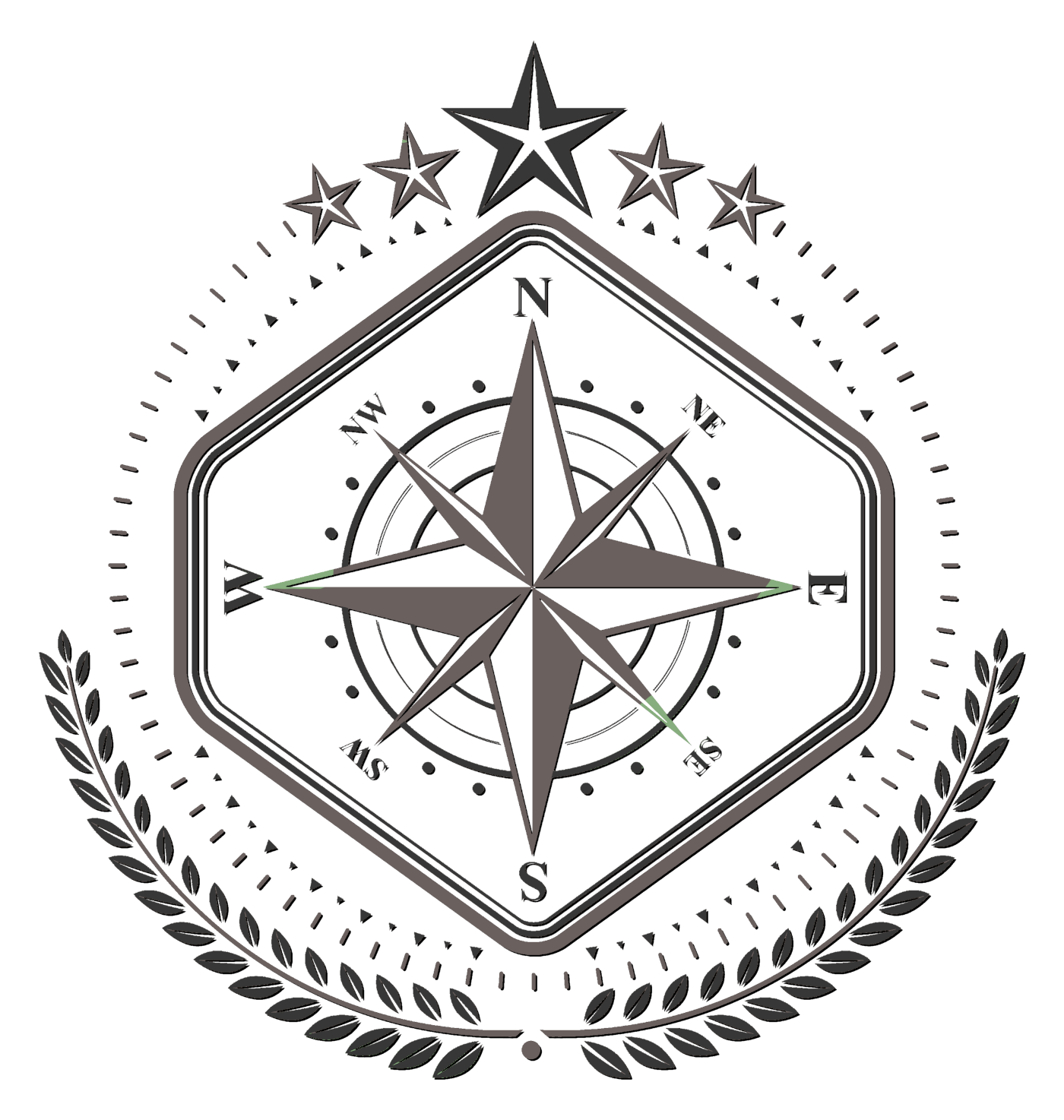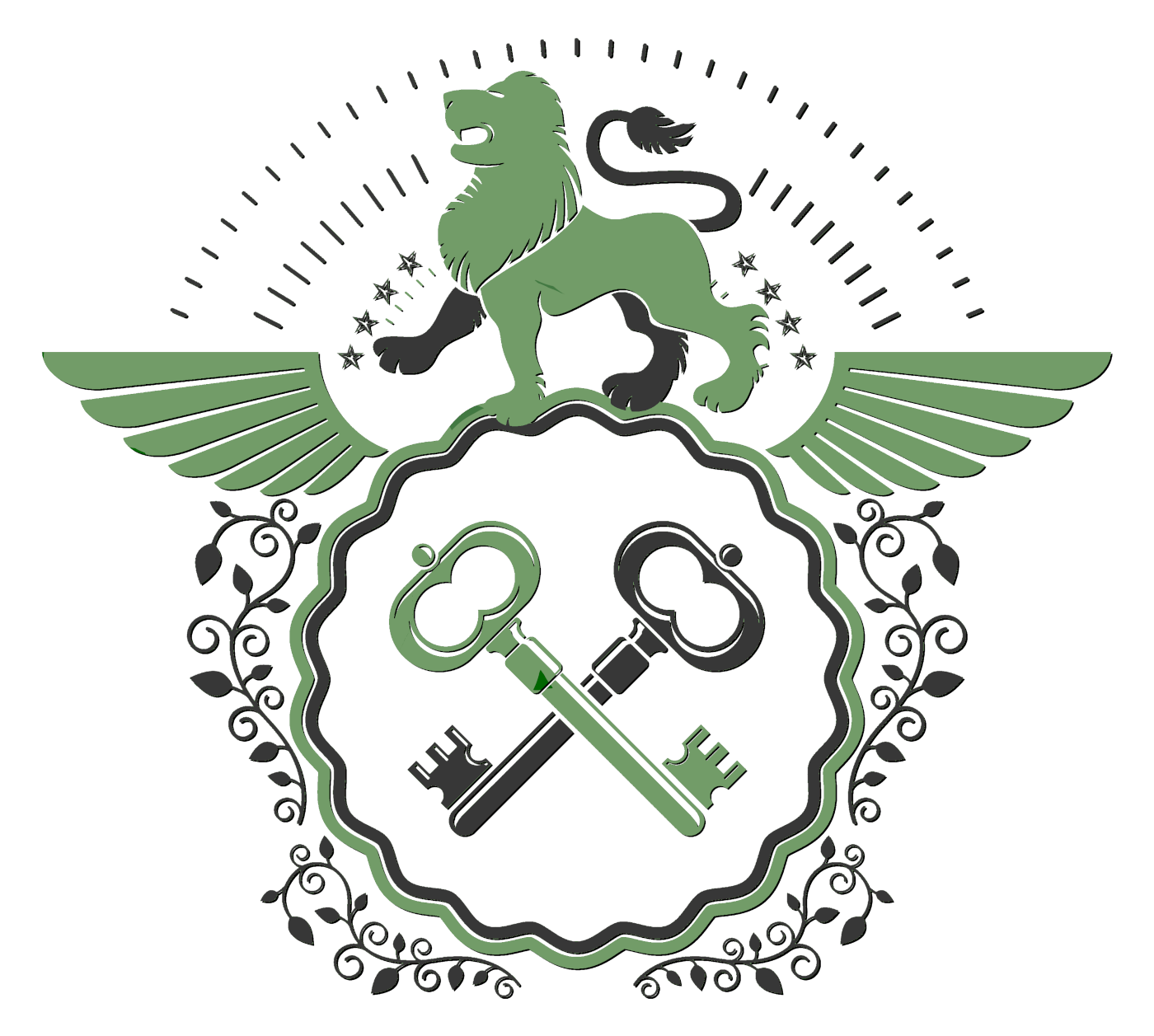Greetings,
WARNING: This thread deals with vampiric, parasitic, catastrophically disgustingly horrible baby dragons. Do not read if you have a sensitive stomach or if you are excessively attached to the idea of every baby dragon having to be cute and cuddly....In Ithylak, dragons are technically actually a
race of people who don't look at all reptilian. The reptile beasts which we all recognize as dragons are also called dragons, but they are called wyverns as well, and so the technically accurate term is to call the non-sapient beasts wyverns and the sapient people dragons.
This thread is dealing with the Great Wyverns, a specific breed of wyverns of legendary attributes and history.
They are massive when full grown, with majestic wingspan and catastrophic capabilities with tail, tooth, claw, and flame. They vary in color, but they generally tend to the more somber colors: black, burnt and dusky orange, mottled brown, speckled ruddy earth colors, etc. The rarest color is white.
Their flame is created through siphoning and storing methane type gasses from their unique digestive system, which they ignite via a chemical spark (like the bombardier beetle) as they eject streams of the explosive gasses through special vents on the sides of their face.
Throughout their lives, Great Wyverns have something absolutely unique among the beasts of Ithylak: mastery of the Talcon. Natural telekinesis.
This is most notable in their egg stage, for although embryonic the wyvern has its full strength of Aurein and Torein from birth.
The eggs are each absolutely unique and individual in shape, texture, and coloring. But each is impenetrable and unbreakable as adamant stone. They sense their surroundings through a positional awareness akin to both the dwarves and dragons, in that although they are imprisoned blind within their shells, they can sense every object around them and track heat (especially body heat) with deadly precision.
For Great Wyvern eggs are predators. They have a reservoir of nutrition within their shells which they can draw upon for years, but they need to replenish it with food from without. And the more nutrition they have available before they hatch, the greater and stronger they become. So although they can wait, they have a constant thirst which drives them from kill to kill.
They are vampiric, drinking the blood of their prey through pores on the surface of their shell. They use their kinetic powers to levitate and mobilize themselves to hunt down their prey, and then to suck the blood from its body. This particular function of the Talcon is only seen naturally in the eggs of the Great Wyvern, although sorcerers have mimicked it with the dark arts, making themselves into vampires.
The eggs cannot hatch before their term of age has been reached, but they can postpone it after until they are ready to transition to the next stage.
The next stage is parasitic: they become a wyrm. They hatch from their shells, leaving the egg behind, and they go in search of a host. They vary in size at this point, from a couple to several feet in length. They are long and snake-like, with centipede-like grasper/feelers along the foreward part of the body (very similar to the spines on the inside of the sea serpent's hood in the VotDT movie) and a fanged burrowing type head and mouth. If you've seen Stargate, they are like the Goa'uld, just a lot bigger, and they hover in the air, with all the kinetic skills of the Talcon as before.
I am unsure of the details of this part, so suggestions are very welcome, but the idea is that they go from host to host like a hermit crab goes from shell to shell as it grows. They bury themselves in the flesh of their host and gain control of its actions. They take command sporadically, however, only overwhelming it with its will when they need to feed or change hosts, in order to guide the host to a vantage point from which to feed. The wyrm absorbs nutrients from the host's bloodstream, weakening it, but it also takes upon itself the task of helping the host's immune system out, rendering it impervious to diseases (but not wounds or auto-immune diseases and other similar things which they can't help with, unlike the Goa-uld). It also uses its power with the Talcon to aid the host in getting food for both of them. So although it eventually kills the host due to its growing size and increasingly high demands of its resources, during its life the relationship is almost symbiotic.
During their transition from host to host, they will oftentimes go solo for a while, hunting down and killing their prey before sucking their life from them. Sometimes if they find a spot where lots of animals travel through frequently, they will bury themselves in the earth or in a tree or in a crack in the rocks and strike out to cut down those who pass by, and will subsist like this for a long time.
After they have reached a final stage of maturity, they create a cocoon around themselves and transform one last time, this time into the familiar shape of a dragon.
A note: Great White Wyverns (the rare Great Wyverns which are white) will only prey on beasts which are pests or threats. And so these are precious and cared for if found, and revered and loved, even as pets.





